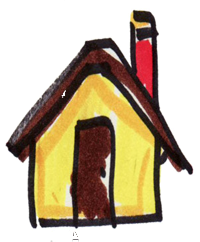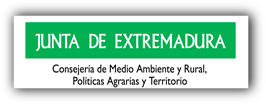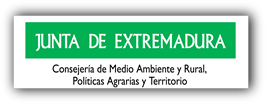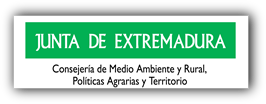

LIFE 10 NAT/ES/000582
Lucha contra las especies invasoras en las cuencas hidrográficas de los ríos Tajo y Guadiana en la Península Ibérica

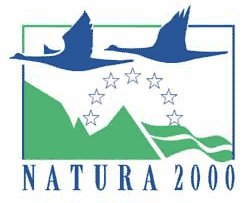


Taking care of a cat or a dog is not a difficult task since we already know what their needs are, the way they behave, etc.; we might even decide to get a particular breed depending on it characteristics. But do we know what a raccoon or a slider turtle might need? The most common answer to this question is 'No'. We simply decide to get a lovely raccoon, or a colorful Rose-ringed parakeet because they are just beautiful! We do not realize those species are not pets, but wild animals.
Time goes by, and taking care of our pet becomes a difficult adventure, sometimes even dangerous. Children, who were so excited about the new member of the family at the beginning, are now getting tired of it, and it is their parents' turn to be in charge of them. Sometimes, that is not possible because they do not have enough time to do it, or simply because those animals are not ready to be kept in captivity. This is the moment when parents decide to release their pet into nature, firmly thinking that will be best option. From this moment on, two possible endings might occur: the first one is that our pet, which is used to living in a different weather and eating different food, dies from hunger or cold, or killed by another animal. The second possibility is that our pet adapts to its new 'home', where it will reproduce afterwards, possibly affecting our ecosystems in a negative way. Such is the case of the Slider turtle, the Monk parakeet, or the raccoon, which are not only affecting our ecosystems, but also our public health.
The most common invasive 'pets' are included in the following list:
Time goes by, and taking care of our pet becomes a difficult adventure, sometimes even dangerous. Children, who were so excited about the new member of the family at the beginning, are now getting tired of it, and it is their parents' turn to be in charge of them. Sometimes, that is not possible because they do not have enough time to do it, or simply because those animals are not ready to be kept in captivity. This is the moment when parents decide to release their pet into nature, firmly thinking that will be best option. From this moment on, two possible endings might occur: the first one is that our pet, which is used to living in a different weather and eating different food, dies from hunger or cold, or killed by another animal. The second possibility is that our pet adapts to its new 'home', where it will reproduce afterwards, possibly affecting our ecosystems in a negative way. Such is the case of the Slider turtle, the Monk parakeet, or the raccoon, which are not only affecting our ecosystems, but also our public health.
The most common invasive 'pets' are included in the following list:
Fish
• Goldfish (Carassius auratus)
Amphibians and reptiles
• Any aquatic turtle
• Cane toad (Bufo marinus)
• American bullfrog (Rana catesbeiana)
Mammals
• Grey squirrel (Sciurus spp.)
• Coatí. (Nasua spp.)
• Siberian chipmunk. (Tamias sibiricus, Eutamias sibiricus)
• Small Asian mongoose (Herpestes javanicus)
• Raccoon dog (Nyctereutes procyonoides)
• Racoon (Procyon lotor)
Birds
• Monk parakeet (Myopsitta monachus)
• Rose-ringed parakeet (Psittacula krameri)
• Black-headed weaver (Ploceus melanocephalus)
• Yellow-crowned bishop (Euplectes afer)
• Waxbill (Estrilda spp.)
• Red-whiskered bulbul (Pycnonotus jocosus).
• Red avadavat (Amandava amandava).
• Red-billed leiothrix (Leiothrix lutea).
Invertebrates and aquarium plants
• Any crayfish.
• Any freshwater bivalve.
• Apple snail (Pomacea spp)
Dangerous aquatic plants
• Alligator weed (Alternanthera philoxeroides).
• Azolla (any species).
• Green cabomba (Cabomba caroliniana).
• Swap stonecrop (Crassula helmsii).
• Brazilian waterweed (Egeria densa).
• Water hyacinth (Eichhornia crassipes).
• Esthwaite waterweed (Hydrilla verticillata).
• Water pennywort (Hydrocotyle ranunculoides).
• Floating primrose (Ludwigia peploides).
• Parrot feather (Myryophillum aquaticum).
• Water lettuce (Pistia spp.).
• Salvinia (Salvinia spp.).
• Goldfish (Carassius auratus)
Amphibians and reptiles
• Any aquatic turtle
• Cane toad (Bufo marinus)
• American bullfrog (Rana catesbeiana)
Mammals
• Grey squirrel (Sciurus spp.)
• Coatí. (Nasua spp.)
• Siberian chipmunk. (Tamias sibiricus, Eutamias sibiricus)
• Small Asian mongoose (Herpestes javanicus)
• Raccoon dog (Nyctereutes procyonoides)
• Racoon (Procyon lotor)
Birds
• Monk parakeet (Myopsitta monachus)
• Rose-ringed parakeet (Psittacula krameri)
• Black-headed weaver (Ploceus melanocephalus)
• Yellow-crowned bishop (Euplectes afer)
• Waxbill (Estrilda spp.)
• Red-whiskered bulbul (Pycnonotus jocosus).
• Red avadavat (Amandava amandava).
• Red-billed leiothrix (Leiothrix lutea).
Invertebrates and aquarium plants
• Any crayfish.
• Any freshwater bivalve.
• Apple snail (Pomacea spp)
Dangerous aquatic plants
• Alligator weed (Alternanthera philoxeroides).
• Azolla (any species).
• Green cabomba (Cabomba caroliniana).
• Swap stonecrop (Crassula helmsii).
• Brazilian waterweed (Egeria densa).
• Water hyacinth (Eichhornia crassipes).
• Esthwaite waterweed (Hydrilla verticillata).
• Water pennywort (Hydrocotyle ranunculoides).
• Floating primrose (Ludwigia peploides).
• Parrot feather (Myryophillum aquaticum).
• Water lettuce (Pistia spp.).
• Salvinia (Salvinia spp.).
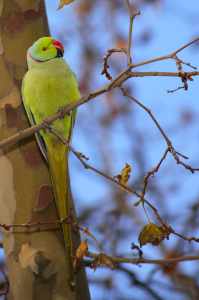
Cotorra de Kramer (Psittacula krameri) - © Carles Pastor
Before you get an exotic pet, think thoroughly about it! If you already have it, and cannot take care of it any more, DON'T release it into nature!!!
Did you know that some pets are invasive species?
Invasive species are alien species that are introduced in our habitats, where they survive, reproduce, and widen their distribution areas, seriously damaging our ecosystems and its native species. It needs to be known that invasive species will only be considered as such if they were introduced by man, on purpose or not.
Within the wide range of invasive species that might be found in our ecosystems nowadays, there is one particular group that needs special mention: invasive species that were originally acquired as pets. It is true that cats and dogs are still the first and second options for people getting a new pet, but it is remarkable the fact that owners' preferences have been changing in the last decade, and it is becoming more common that people choose to buy an exotic pet.
Invasive species are alien species that are introduced in our habitats, where they survive, reproduce, and widen their distribution areas, seriously damaging our ecosystems and its native species. It needs to be known that invasive species will only be considered as such if they were introduced by man, on purpose or not.
Within the wide range of invasive species that might be found in our ecosystems nowadays, there is one particular group that needs special mention: invasive species that were originally acquired as pets. It is true that cats and dogs are still the first and second options for people getting a new pet, but it is remarkable the fact that owners' preferences have been changing in the last decade, and it is becoming more common that people choose to buy an exotic pet.
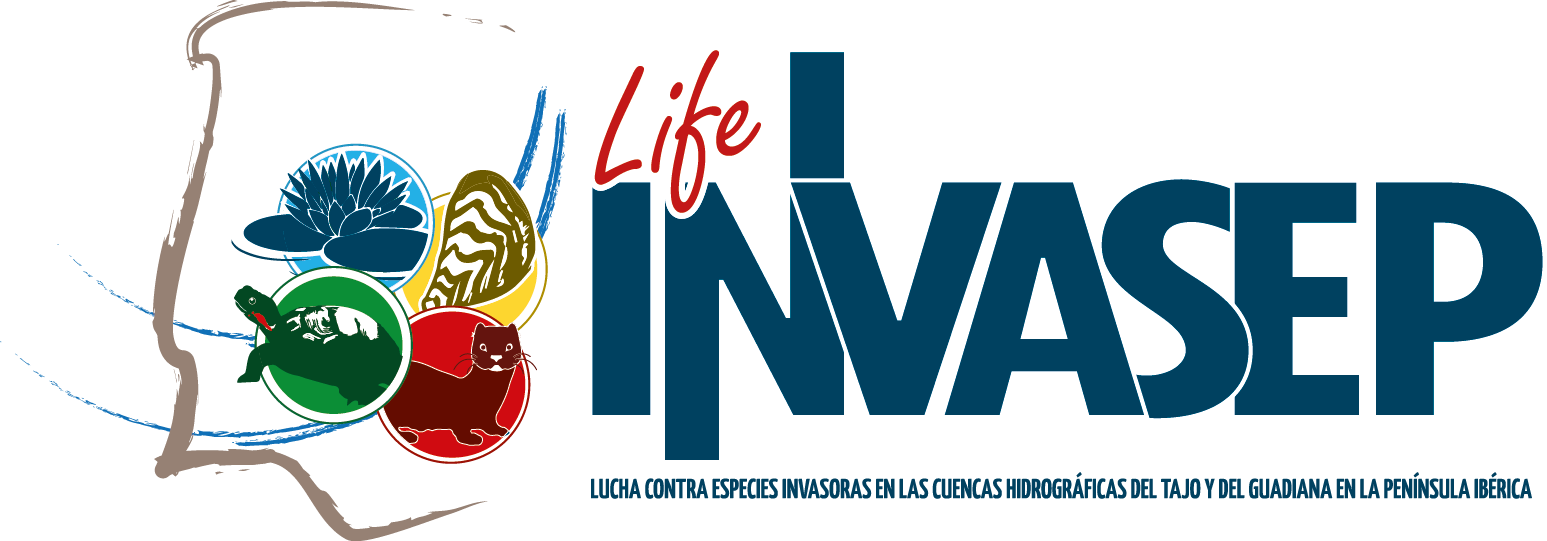






Otros idiomas


Beneficiario Coordinador
Cofinanciador
Beneficiario Asociados


Colaboradores
invasep@juntaex.es
Tfnos: 924 48 82 32 - 671 482 974- 699 372 421
Tfnos: 924 48 82 32 - 671 482 974- 699 372 421
© 2017 Consejería de Medio Ambiente y Rural, Políticas
Agrarias y Territorio - DG Medio Ambiente - GPEX
Con la contribución del instrumento financiero LIFE de la Unión Europea
Agrarias y Territorio - DG Medio Ambiente - GPEX
Con la contribución del instrumento financiero LIFE de la Unión Europea

Beneficiario Coordinador
Cofinanciador
Beneficiario Asociados


Colaboradores
invasep@juntaex.es
Tfnos: 924 48 82 32 - 671 482 974- 699 372 421
Tfnos: 924 48 82 32 - 671 482 974- 699 372 421


Beneficiario Coordinador
Cofinanciador
Beneficiario Asociados


Colaboradores
© 2017 Consejería de Medio Ambiente y Rural, Políticas
Agrarias y Territorio - DG Medio Ambiente - GPEX
Con la contribución del instrumento financiero LIFE de la Unión Europea
Agrarias y Territorio - DG Medio Ambiente - GPEX
Con la contribución del instrumento financiero LIFE de la Unión Europea
















